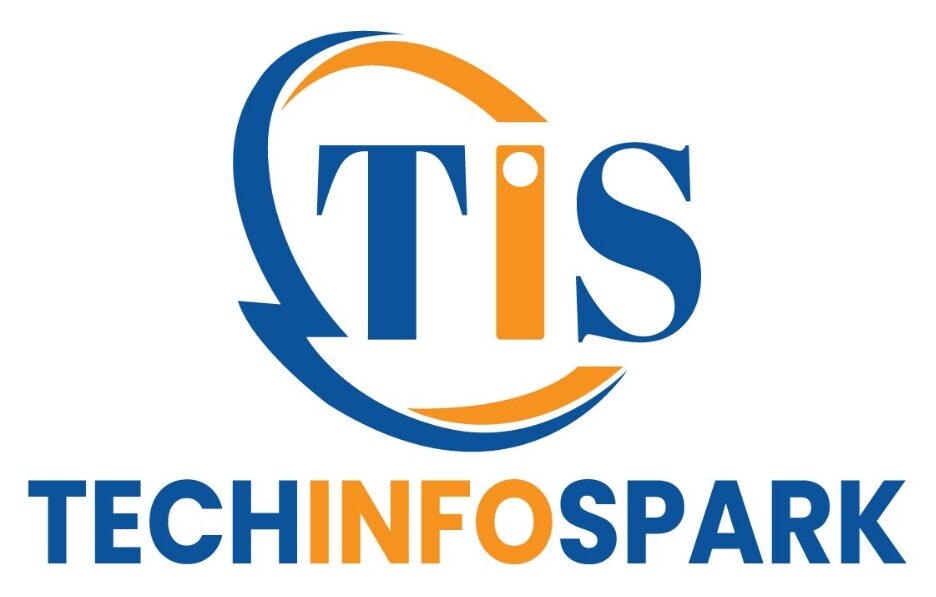1) High-Yield Cash & Short-Term Bonds
What it is: Parking cash in high-yield savings accounts, money market funds, or short-duration government/treasury bills.
Why it’s great in 2025: Elevated rates mean your idle cash can actually earn. Liquidity is a major plus.
Effort: Low
Risk: Low (still consider provider risk and fund mechanics)
How to start: Open an account with a reputable bank/broker. Ladder T-bills (e.g., 4–26 weeks) so something matures each month.
2) Dividend Stocks & Broad Market ETFs
What it is: Owning shares of companies/funds that regularly distribute dividends.
Why it’s great in 2025: A diversified dividend ETF can simplify research while providing potential income and long-term growth.
Effort: Medium (initial research, occasional rebalancing)
Risk: Medium (market volatility)
How to start: Pick a low-cost dividend index ETF for core holdings; auto-invest monthly; reinvest or withdraw dividends depending on your goals.
3) REITs (Real Estate Investment Trusts)
What it is: Publicly traded companies that own income-producing real estate—offices, apartments, data centers, warehouses, and more.
Why it’s great in 2025: REITs let you tap property income without being a landlord. Some sectors (e.g., logistics or data centers) align with long-term trends.
Effort: Low to Medium
Risk: Medium (rate sensitivity, sector cycles)
How to start: Choose a diversified REIT ETF for simplicity, or handpick sectors you understand. Reinvest distributions to compound.
4) Fractional Real Estate & Crowdfunding Platforms
What it is: Buy small slices of rental properties or private real estate deals via online platforms.
Why it’s great in 2025: Lower minimums have opened access to real estate cash flow for everyday investors.
Effort: Medium (due diligence)
Risk: Medium to High (illiquidity, platform risk)
How to start: Compare track records, fees, and exit terms. Diversify across multiple deals, not just one property.
5) Digital Products (Ebooks, Templates, Notion Packs, Printables)
What it is: Create once, sell forever—checklists, planners, legal/finance templates, UI kits, slide decks, or niche ebooks.
Why it’s great in 2025: Creator marketplaces are mature, search tools are better, and AI speeds up production without sacrificing quality (if you edit well).
Effort: Medium upfront; Low ongoing
Risk: Low (time risk more than money)
How to start: Validate demand with keyword research and community polls. Ship a Minimum Viable Digital Product fast, refine using buyer feedback, bundle into a value stack, and automate delivery.
6) Affiliate Marketing With Authority Content
What it is: Earn commissions by recommending tools, products, or books via your website, YouTube, newsletter, or social posts.
Why it’s great in 2025: Trust beats hype. Niche authority sites and authentic video reviews convert far better than generic listicles.
Effort: Medium (content creation)
Risk: Low to Medium (algorithm changes)
How to start: Choose a specific problem space (e.g., “budget home studio gear”). Publish comparison guides and first-hand demos. Build an email list so you’re not hostage to platform algorithms.
7) Online Courses & Micro-Workshops (Evergreen)
What it is: Record a signature course or create short, evergreen workshops that solve a focused problem.
Why it’s great in 2025: Low-ticket, high-value “micro-courses” (60–120 minutes) convert well and are easier to update.
Effort: Medium upfront; Low to Medium maintenance
Risk: Low
How to start: Outline outcomes, script tightly, record with decent audio, add worksheets, and host on a platform with built-in checkout and affiliates. Upsell 1:1 sessions or premium templates.
8) Print-on-Demand (POD) & Merch
What it is: Sell designs on apparel, mugs, posters—printing and shipping handled by a POD supplier.
Why it’s great in 2025: New design tools and AI art assistants speed up ideation, yet your taste and curation remain the differentiator.
Effort: Medium upfront (design + storefront); Low ongoing
Risk: Low to Medium (competition)
How to start: Research micro-niches, keep designs simple, test 10–20 SKUs, and prune aggressively. Use lifestyle photos to improve conversions.
9) SaaS Micro-Tools & “No-Code” Utilities
What it is: Tiny software that solves a painful niche problem (e.g., converting files, summarizing transcripts, scheduling). Host it, set monthly pricing, and let it run.
Why it’s great in 2025: No-code builders, AI assistants, and plug-and-play payment/auth make it feasible for solo creators.
Effort: Medium upfront; Low to Medium maintenance
Risk: Medium (churn, support)
How to start: Validate with a landing page first. Ship a bare-bones MVP in weeks, not months. Add usage-based pricing or a freemium tier to widen the funnel.
10) Licensing & Royalties (Music, Photos, Code, IP)
What it is: License your beats, stock photos, video loops, LUTs, 3D models, or even reusable code components.
Why it’s great in 2025: Content libraries and marketplaces have global reach. Evergreen assets can sell for years with minimal updates.
Effort: Medium upfront
Risk: Low
How to start: Study trending formats/genres, upload consistently, and tag meticulously. Bundle assets and offer extended licenses for higher ticket sales.
11) Peer-to-Peer (P2P) Loans—Cautious & Diversified
What it is: Lending money via platforms to individuals or small businesses for interest.
Why it’s here: It can offer higher yields, but carries default risk.
Effort: Low once set; Medium for risk management
Risk: High (credit risk, platform risk)
How to start: Only allocate a small slice of your portfolio, diversify across many loans, and reinvest repayments selectively.
12) Crypto Staking & On-Chain Yields—Know the Risks
What it is: Earning rewards by staking certain cryptocurrencies or providing liquidity.
Why it’s relevant in 2025: Infrastructure is more mature than a few years ago, but regulators and market conditions still shift.
Effort: Medium
Risk: High (price volatility, smart-contract risk, regulatory uncertainty)
How to start: If you proceed, limit to a speculative bucket. Prefer native staking to complex yield schemes, and understand lock-ups and slashing.
A Simple Framework to Choose Your Stream
Start with your constraints:
-
Capital-light & low risk? Digital products, affiliate content, micro-courses, POD.
-
Hands-off with liquidity? High-yield cash, T-bills, short-term bond funds.
-
Income + potential appreciation? Dividend ETFs, REITs, fractional property (illiquid).
-
Technical edge? Micro-SaaS or licensed code/components.
Think in buckets (for balance):
-
Safety (30–50%): Cash, T-bills, short bonds.
-
Core growth + income (30–50%): Dividend ETFs, REITs.
-
Creator/operator (10–30%): Digital products, courses, SaaS, POD.
-
Speculative (0–10%): P2P loans, crypto staking.
Optimization Tips for 2025
-
Automate the boring parts: Use scheduling, auto-invest, autoresponders, and no-code zaps to reduce time-on-task.
-
Own an audience: Email list > social followings. Algorithms change; your list doesn’t.
-
Compounding matters: Reinvest dividends and interest until you need the cash flow.
-
Measure, then scale: Track ROI per hour and per dollar. Double down on what works; sunset the rest.
-
Protect the downside: Diversify providers (banks, platforms). Read the fine print on fees and withdrawal limits.
Getting Started This Week (Action Plan)
-
Pick one cash flow & one creator play. Example: T-bill ladder + a 60-minute micro-course.
-
Block 4–6 hours to set up accounts, templates, or scripts.
-
Ship a tiny version (one product, one video, one landing page).
-
Automate delivery & collection (email sequence, payment link, scheduling).
-
Review metrics in 14 days and decide: iterate, scale, or kill.
Bottom line: The best passive income streams for 2025 blend dependable cash yield (high-yield accounts, short-term bonds, dividend ETFs, REITs) with scalable creator assets (digital products, micro-courses, micro-SaaS). Start small, automate early, and let compounding and your own feedback loops do the heavy lifting.
From the one and only Team Techinfospark
For more tech blogs, visit our website: Tech Info Sparks



